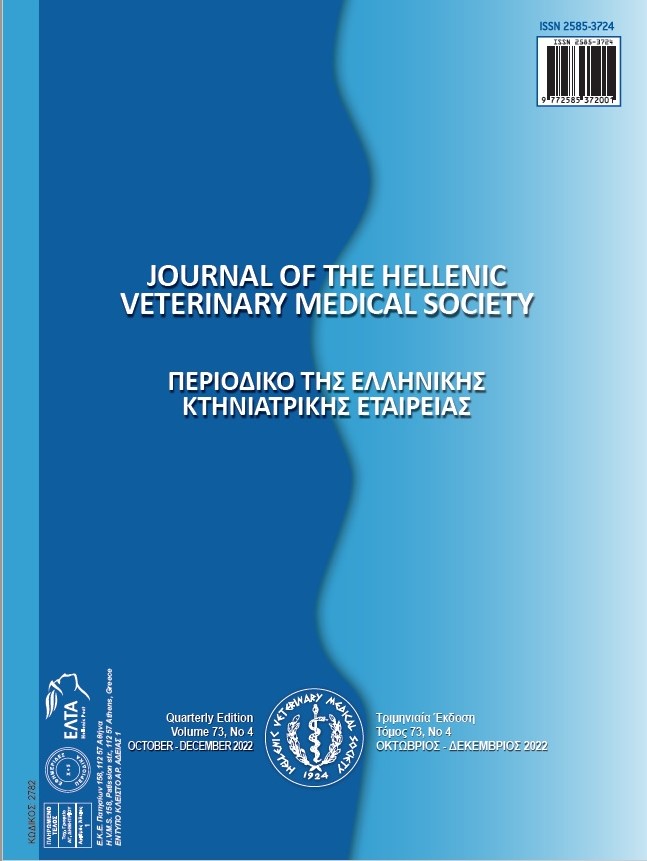Validation of a LC-UV method for determination of tildipirosin in goat milk

Abstract
A simple, rapid, low-cost, and sensitive high-performance liquid chromatographic method was developed to determine tildipirosin in milk goat. Milk samples were precipitated with acetonitrile, and after evaporation, tildipirosin was determined by reverse-phase chromatography with an ultraviolet detector set at a wavelength of 289 nm. Tildipirosin was separated on a Zorbax Eclipse XDB-C18 column, 150 x 3.0 mm, 5 μm with gradient chromatographic elution. The retention times for tildipirosin and tylosin tartrate were 4.4 min and 10.5 min, respectively. Calibration curves were ranged from 100 to 2500 µg/L. The lower limit of detection was 75 µg/L, and the lower limit of quantitation was 100 µg/L. The accuracy and precision were always <15% except for LOQ < 20%. Mean recovery was 95.6 %. This procedure can be applied to perform pharmacokinetic studies in lactating animals and be useful to detect residues in dairy products.
Article Details
- How to Cite
-
Galecio, J., Hernandis, V., Escudero, E., & Marín, P. (2023). Validation of a LC-UV method for determination of tildipirosin in goat milk. Journal of the Hellenic Veterinary Medical Society, 73(4), 4905–4912. https://doi.org/10.12681/jhvms.28300
- Issue
- Vol. 73 No. 4 (2022)
- Section
- Research Articles

This work is licensed under a Creative Commons Attribution-NonCommercial 4.0 International License.
Authors who publish with this journal agree to the following terms:
· Authors retain copyright and grant the journal right of first publication with the work simultaneously licensed under a Creative Commons Attribution Non-Commercial License that allows others to share the work with an acknowledgement of the work's authorship and initial publication in this journal.
· Authors are able to enter into separate, additional contractual arrangements for the non-exclusive distribution of the journal's published version of the work (e.g. post it to an institutional repository or publish it in a book), with an acknowledgement of its initial publication in this journal.
· Authors are permitted and encouraged to post their work online (preferably in institutional repositories or on their website) prior to and during the submission process, as it can lead to productive exchanges, as well as earlier and greater citation of published work.


